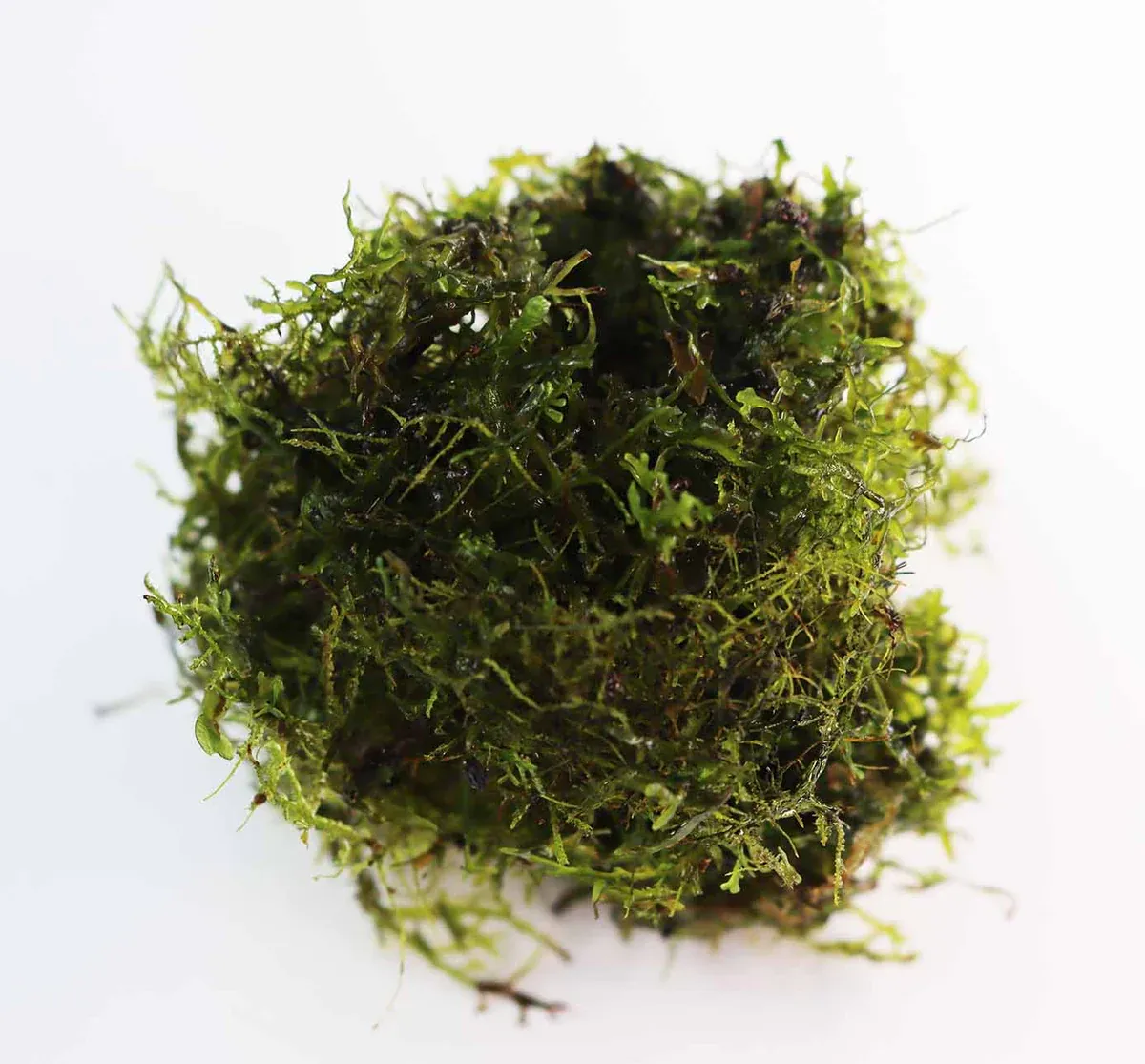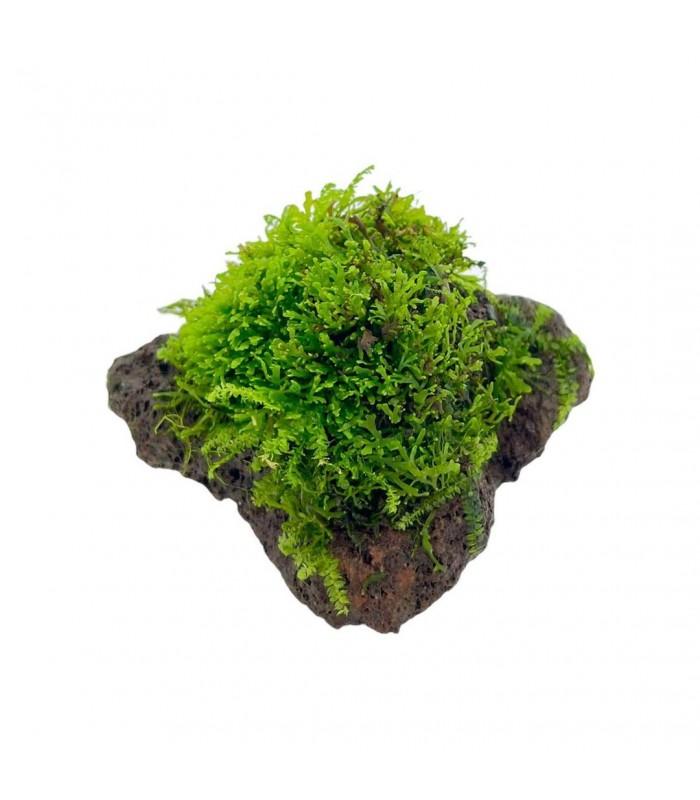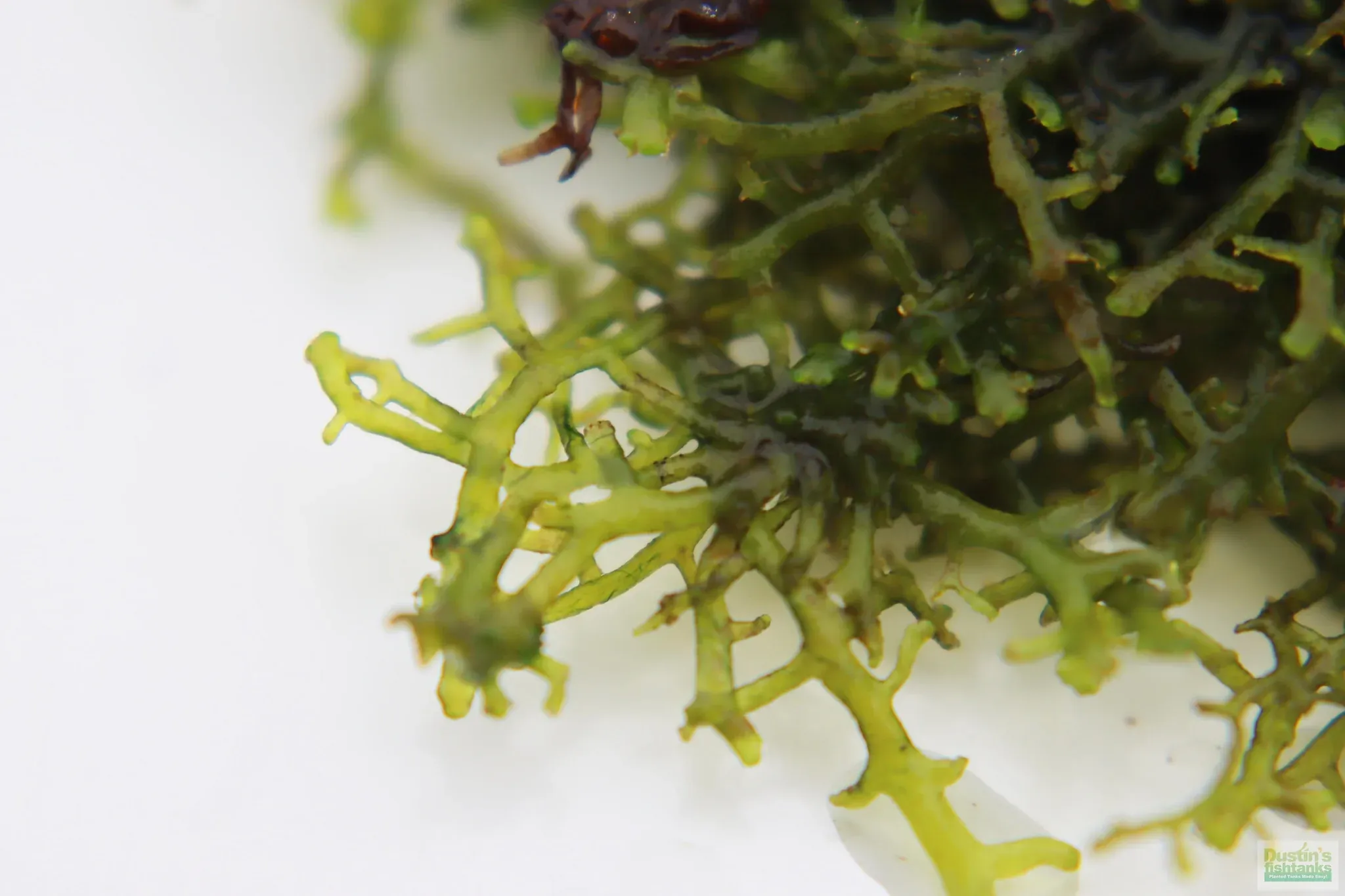
IMG_2711_1200x1200.jpg from: https://dustinsfishtanks.com/collections/foreground-plants/products/riccardia-sp-pelia-moss
Exploring the Fascinating World of Riccardia spectabilis Moss
Introduction
Mosses are some of the most ancient and resilient plants on Earth, with over 12,000 species found across the globe. One particularly intriguing species is Riccardia spectabilis (Steph.) A.Evans, a liverwort moss in the Aneuraceae family. In this blog post, we’ll take a closer look at this fascinating plant, from its unique morphology to its ecological roles.
Background on Riccardia Mosses
The genus Riccardia contains over 200 species of liverwort mosses. They are classified in the phylum Marchantiophyta

Riccardia-chamedryfolia-2_9157c4ac-b16d-4f9a-9178-a3146f1595ee_1024x1024.jpg from: https://www.zettapic.com/2020/06/download-moss-ricardia-pictures.html
and class Jungermanniopsida. Riccardia mosses lack leaves and instead have flattened, branching thalli (plant bodies). Many species grow on damp soil, rocks, or decaying wood in tropical and subtropical regions worldwide.
Morphology and Identification of R. spectabilis
R. spectabilis has a distinctive appearance that sets it apart from other Riccardia mosses:
- Thalli are 1-3 cm long and highly branched, forming dense mats

riccardia-chamedryfolia-mini-coral-moss-on-stone.jpg from: https://aquaorinoco.com/pt/vivos/plantas-aquaticas-agua-doce/plantas-em-decoracoes/riccardia-chamedryfolia-mini-coral-moss-on-stone
- Thalli are dark green and slightly translucent when fresh
- Oil bodies are numerous and grayish-green
- Male branches have reddish-tinged tips
- Female branches bear small,

maxresdefault.jpg from: https://www.youtube.com/watch?v=lykJ0hJZidU
round, reddish archegonia (reproductive structures)
Examining these traits under magnification is necessary to positively identify R. spectabilis. It can be confused with similar species like R. multifida and R. latifrons.
Global Distribution and Habitat
R. spectabilis has a pantropical distribution, found in tropical regions across the Americas, Africa, Asia, and the Pacific Islands. Its known range includes:

WM_RiccardiaPelia_05_1024x1024@2x.jpg from: https://dustinsfishtanks.com/products/riccardia-sp-pelia-moss?variant=31218986090629

maxresdefault.jpg from: https://www.youtube.com/watch?v=5UGn7jfQ0Kg
| Region | Countries |
|---|---|
| Americas | Brazil, Costa Rica, Jamaica, Mexico, Panama |
| Africa | Cameroon, Gabon, São Tomé and Príncipe, Tanzania |
| Asia | China, India, Indonesia, Malaysia, Sri Lanka, Vietnam |
| Pacific | Fiji, Papua New Guinea, Samoa, Vanuatu |
This moss inhabits damp, shaded sites in lowland and montane rainforests, usually below 1500 m elevation. It grows on soil, rocks, tree bases, and rotting logs, often near streams or in areas with high humidity.
Ecological Roles and Adaptations
Like other mosses, R. spectabilis plays important roles in its forest ecosystems:
- Helps retain moisture and prevent soil erosion
- Provides shelter and food for invertebrates
- Aids in nutrient cycling and soil formation
- Serves as a substrate for other plants to grow on
R. spectabilis has several adaptations that allow it to thrive in its tropical habitats:
- Branching thalli efficiently absorb water and nutrients
- Numerous oil bodies deter herbivores and prevent desiccation
- Asexual reproduction via fragmentation enables quick colonization of disturbed sites
Conclusion
Riccardia spectabilis is a prime example of the amazing diversity and ecological importance of mosses. From its eye-catching red archegonia to its pantropical distribution, this small but mighty plant has many secrets yet to be uncovered. The next time you’re in a tropical forest, take a moment to appreciate the intricate world of mosses beneath your feet. What other fascinating bryophytes might be living there?